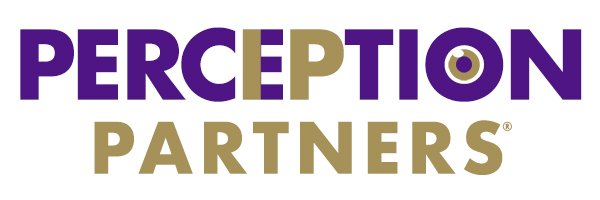5G Networks Market & IP Landscape
5th-generation (5G) networks are digital cellular wireless networks, which use higher radio frequencies that are less cluttered to carry more information at a much faster rate. Incorporating many associated technology advancements such as massive MIMO (multiple-input multiple-output antennas), millimeter wave antennas, network slicing, network function virtualization and beamforming, 5G networks promise higher speed data connections, higher user capacity per cellular sector, and higher signal reliability at lower latency than 4th-generation 4G networks.
5G standards have been developed by multiple standards bodies including the Generation Partnership Project (3GPP), the Internet Engineering Task Force (IETF), and the International Telecommunication Union (ITU). 5G standard-essential patents (SEPs) are the patented technologies essential to implement the 5G standards. The SEPs related to 5G are licensed at reasonable rates because the premium is reflected in the consumer costs and affects device & automobile manufacturers’ profits.
5G is reshaping our professional and personal lives by expanding the mobile ecosystem into new realms. Industries where the 5G network is a key catalyst include: automotive; telehealth; public safety and emergency response; real-time inventory & logistics management; smart cities and smart buildings; and distance learning & education. 5G automotive networks provide ultra-reliable communications with low latency to enable complex machine-centric uses and guaranteed delivery of time-critical information such as distance to an obstacle, real-time accident and traffic updates.
5G network deployment challenges include frequency bands and availability, multiple small antennas and base stations, inter-cell interference, security and privacy concerns.
Many 5G deals have been captured since 2017, with 56% occurring since 2020. Deal growth appears to be driven by deployment of 5G in travel, tourism, and fast broadband at homes and businesses
The top 5 dealmakers in the 5G landscape include Huawei, Ericsson, Qualcomm, AT&T and Nokia
Nearly 180 deals have occurred between telecommunications providers and electronics manufacturers in the past 6 years, and roughly half of them relate to partnerships or investments on distributed antenna systems, 5G radio access networks (RAN), and advanced RAN coordination
Recent examples include:
AT&T selected Ericsson for expansion of its 5G network and C-band spectrum build
Iceland's Síminn signed a contract with Ericsson on 5G-RAN products and solutions to boost the tourism industry
Airtel and Qualcomm agreed to collaborate on 5G RAN platforms to roll-out virtualized and openRAN (O-RAN)-based 5G networks - designed to deliver broadband connectivity at Gigabit speeds to homes and businesses
The top industrial use of 5G networks is currently related to automobiles and vehicles, which is predicted to remain a leading influence on 5G investment & deal flow
In the automotive industry, 5G is predicted to be a game-changer with the advancement of autonomous vehicles and connected cars. Combined with artificial intelligence and machine learning algorithms, 5G networks enable remote vehicle control based on live traffic and accident avoidance
Other 5G vehicular innovations captured in these dashboards include autonomous truck platooning, automated valet parking, connected ambulances and advanced driver assistance systems
These dashboards indicate rapid growth in patenting of 5G-enabled vehicles since 2017 from auto leaders including Porsche, Toyota, Hyundai, BMW, Ford Motor, General Motors and NIO
Fewer than 1% of organizations in the landscape own 5G standard-essential patents – recent licensing & litigation is evident from these parties
Huawei assertions led to a licensing agreement with Nordic on low-power, wide-area cellular IoT standard-essential patents
5G iPhones and iPads were recently banned in Colombia after a court granted Ericsson a preliminary injunction over standard-essential patents
More 5G licensing and litigation of standard-essential patents is expected due to the accelerating market competitiveness of 5G
Objectives of Intellar 5G Networks IP Landscape Dashboards
Intellar 5G Networks Landscape Dashboards are designed to visualize who is doing what, when and where - and for how much?
Key concepts: fifth-generation (5G) enhancements to 3G, 4G and long term evolution (LTE) technologies (e.g., radio access networks, massive MIMO, edge computing, beamforming, network slicing and related 5G standards)
Data Coverage for Intellar 5G Networks IP Landscape Dashboards
More than 11,000 de-duplicated global simple patent families published in (machine translated) English since 2015
Technical literature, scientific, medical and engineering journal abstracts, full text (when available) & images published in English since 2017
News articles, press releases, business research, market forecasts, announcements and magazine content published in English since 2017
Categorization for Intellar 5G Networks IP Landscape Dashboards
This landscape’s technology taxonomy covers:
5G Core Architectures
5G Network Technologies
5G System Components
5G Features and Benefits
5G Industrial Uses
Want to develop IP strategies & insights in this landscape?
Insight-ready Intellar® market & IP landscapes




















